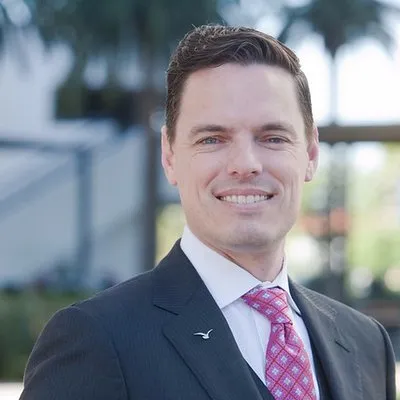The vast majority of contractors employ 20 or fewer workers. Deciding what to do with a small business as you approach retirement age can be tough.
Scott Eichler, based in Southern California, is a registered investment advisor and founder of Standing Oak Financial. He said he encourages his clients to consider employee stock ownership plans as a part of a succession plan.
Here, Construction Dive talks with Eichler about when ESOPs are the right fit, what pitfalls to avoid and when to get started.
Editor’s note: The following has been edited for brevity and clarity.
CONSTRUCTION DIVE: If I'm an owner of a small construction business, what are my best succession options to consider as I approach retirement?

SCOTT EICHLER: The first question that needs answering is, “How long do you have?” If you have less than three years, your options sharply diminish. The note here is you do not want to wait. If you’re 30, 40, 50 or 60, you need to begin answering this question today. Procrastination is just going to make it more difficult.
The second question revolves around the size of the business you own. If your business earns more than $1.5 million, you should strongly consider an employee stock ownership plan. However, if your business’ earnings are smaller, there are a number of other useful tools. We often find that something like a cash balance plan is a useful tool when combined with a buy/sell agreement.
On that note, the third key issue to address is identifying who will succeed you. Does that person already work for you? Do you already have a strategic alliance with that person/company? Ideally, this person is someone you enjoy working with and can spend three to five years transitioning relationships. In the end, that is the benefit someone is likely buying: They want to transfer the trust that you’ve built with your clients.
Why sell to an employee as opposed to another business?
Relationships, relationships, relationships. Our industry is all relationships. Unless you have proprietary tools, processes or other assets that have patents, you are selling the relationships you’ve established. The best buyers of those relationships are the people that already have some form of relationship with your clients. Those are employees.
Construction companies are notoriously difficult to sell to a third party. More importantly, the IRS encourages this behavior and provides huge incentives to sell to your employees. More often than not, we find that owners who sell to their employees are able to walk away with more money than from selling to a third party. This phenomenon is tightly connected to those tax benefits.
There is considerable evidence that companies owned by employees are often more productive. They have skin in the game. They are less likely to leave. They have more incentive to be productive. Interests are tightly aligned!
Finally, some of your employees have put in blood, sweat and tears to help you (and get a paycheck). You’ll be surprised at how good it feels to do something potentially amazing for them and their families. Don’t ever dismiss that good feeling. It goes a long way. It’s a great story.
How could contractors get set up with an ESOP?
The first step is to find a financial advisor that specializes in the ESOP space. They will help you do an initial assessment. Also, on that front, you don’t want an advisor that only provides ESOP services. You want an advisor that will look at multiple avenues for experiencing the benefit of an exit. They should have private equity access, merger and acquisition experience, etc.
What are the major pitfalls to be aware of?
We are all looking to maximize the value we receive from the sale of our business. Time and returns work in your favor. Fees/costs and taxes work against you. That may seem obvious, but we’ve often seen that people who use an exit strategy premised on permanent life insurance are unaware of the massive impact of the policy’s cost. There is nothing wrong with insurance when used correctly, but, these solutions are heavily laden with insurance costs that eviscerate returns. You want to find an advisor with the right licenses and tools to give you the best chance of getting an efficient plan.
Additionally, you want an advisor with experience in succession planning. Often the advisor that manages the funds isn’t the advisor that manages the ESOP Trust. That’s OK. Even good. It keeps everyone’s focus properly aligned. It creates checks and balances.
The biggest pitfall that I continually harp on: Don’t wait. The most important tool in your bag is time. If you’ve put this off, don’t cry over spilled milk, but dump that habit. Do something today. Start looking. Send an email. Engage.
How early should owners make these plans?
You want to wait until you are cash flow positive. If you are spending every dime you make, we can’t do much for you. If you are showing profits, it is time to reach out. Reach out the moment after reading this sentence.













